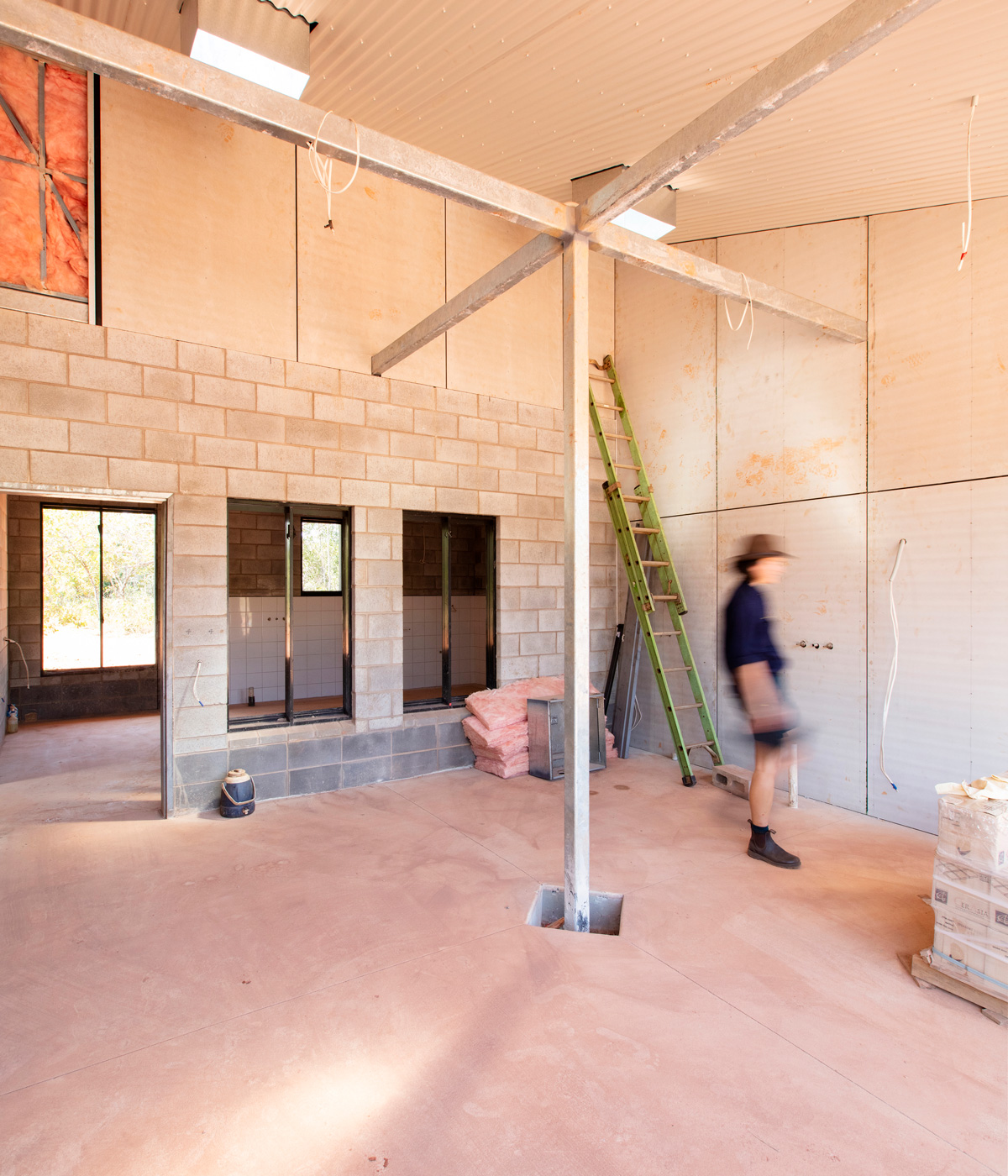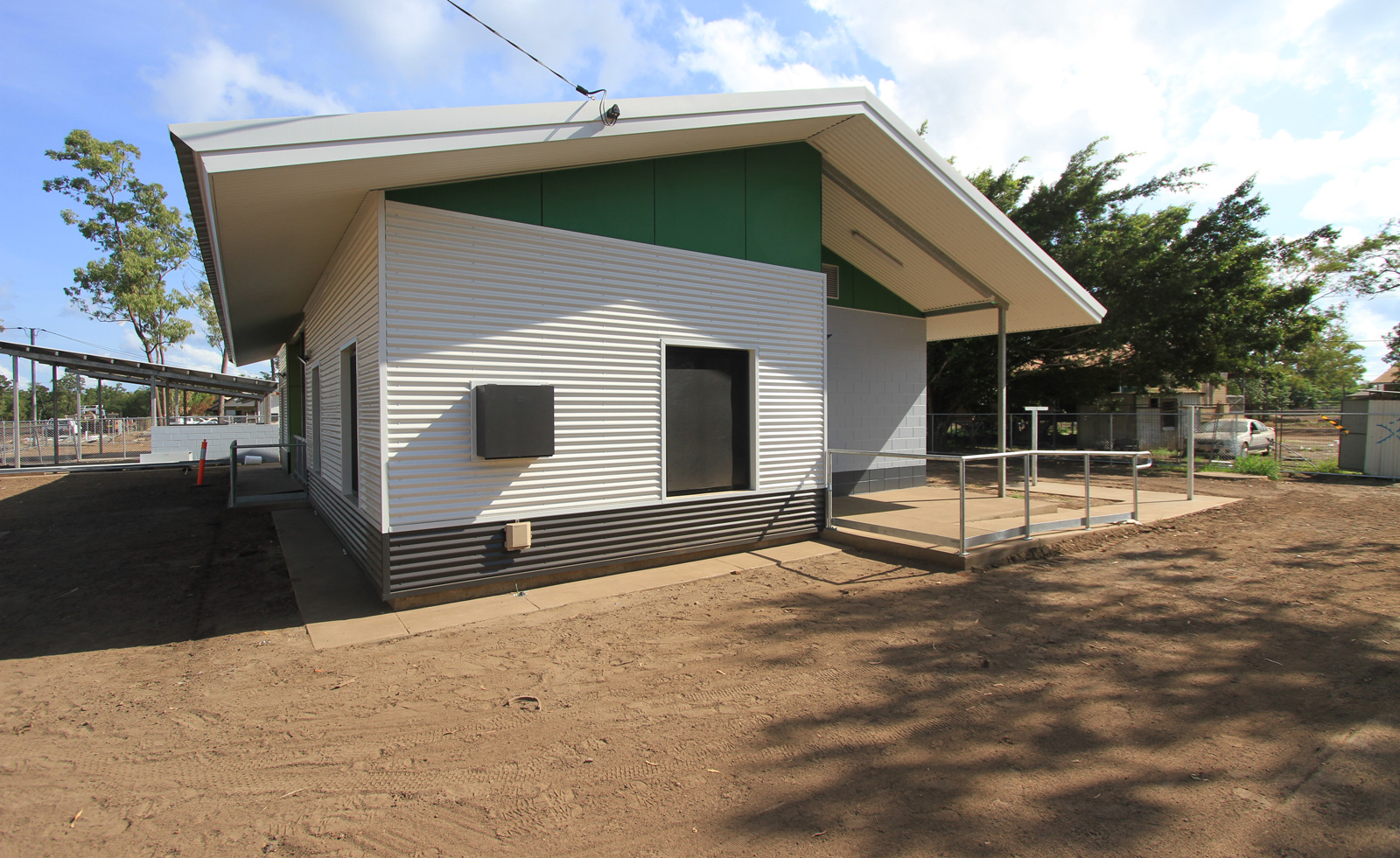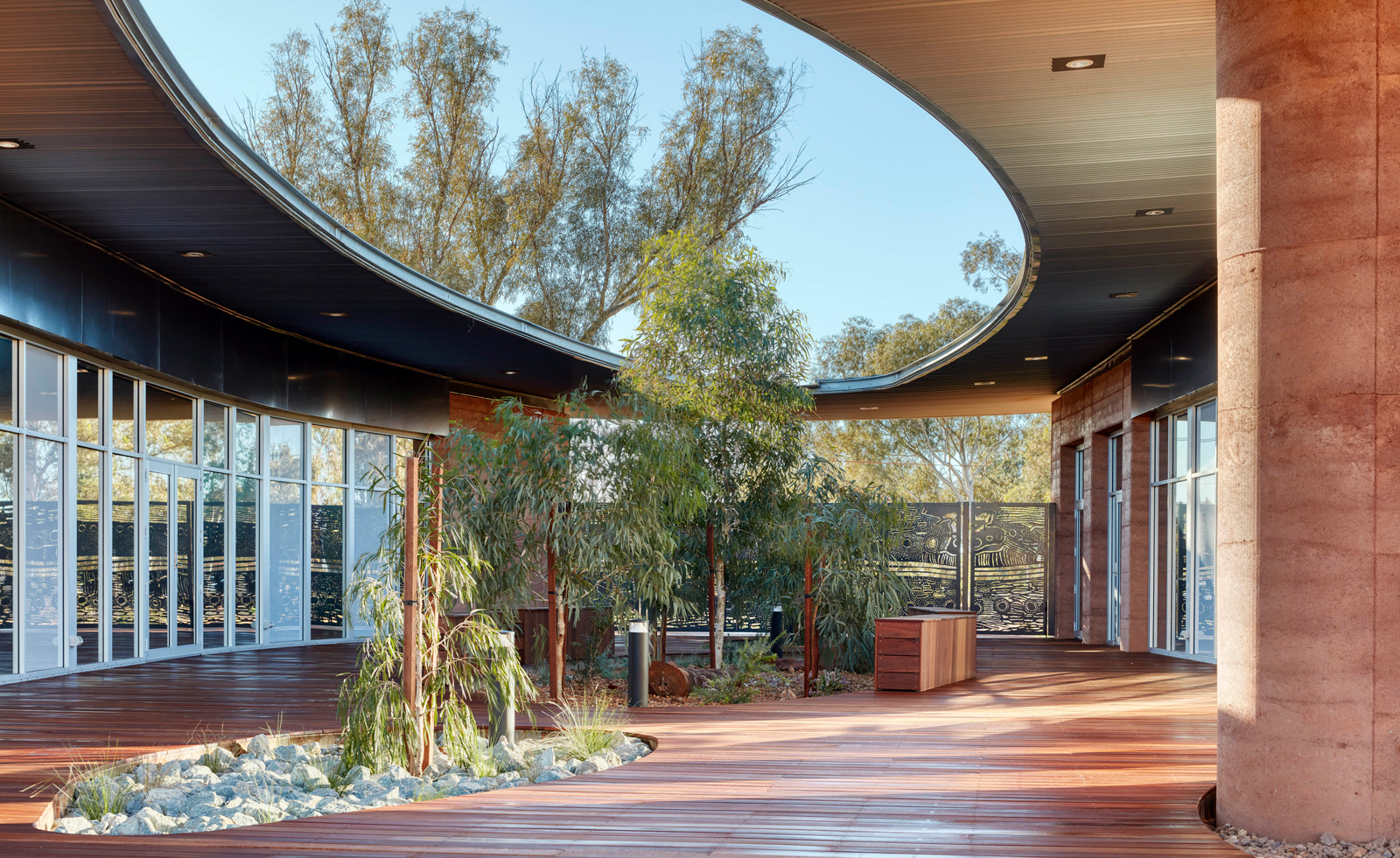
The Architecture AU Award for Social Impact, Australia’s first award to acknowledge the impact projects have in the community, has announced its joint winners. Groote Archipelago Housing Programme, from The Fulcrum Agency, has been recognised for its work with the Anindilyakwa community, alongside Puntukurnu AMS Healthcare Hub by Kaunitz Yeung Architecture, a state-of-the-art health facility in a remote location.
‘The opportunity of architecture is not just in the creation of buildings,’ says Emma Williamson, The Fulcrum Agency co-founder and partner. ‘We want to seize this to leverage a new way of practising that knowingly maximises impact.’
Adds Elaine Mamarika, director of the Anindilyakwa Housing Aboriginal Corporation: ‘It’s important for Indigenous people that we have our own housing committees, chairs and directors. Strong leaders, strong voices.’
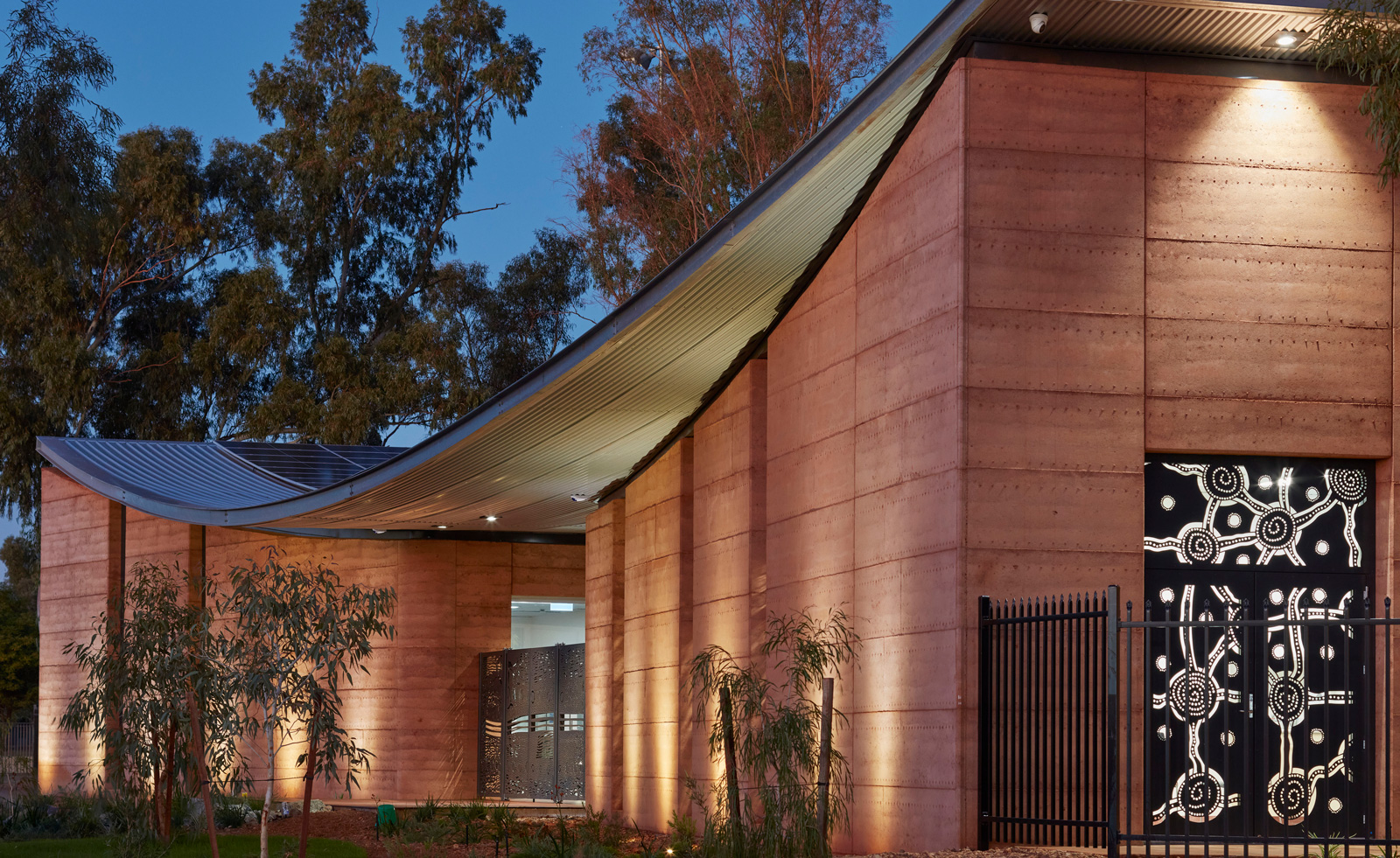
Architecture AU Award for Social Impact: the winners
For Ka Wai Yeung, director of Kaunitz Yeung Architecture, collaborating with the Anindilyakwa community on the award-winning project was an enormous privilege. ‘This collaborative approach has enabled the projects to be much more than the sum of its parts and to have benefits far beyond the projects themselves,’ she says. ‘We hope that the Social Impact Awards shine a light on better ways to practise architecture that can be broadly applied to place our profession at the centre of forging a better future.’
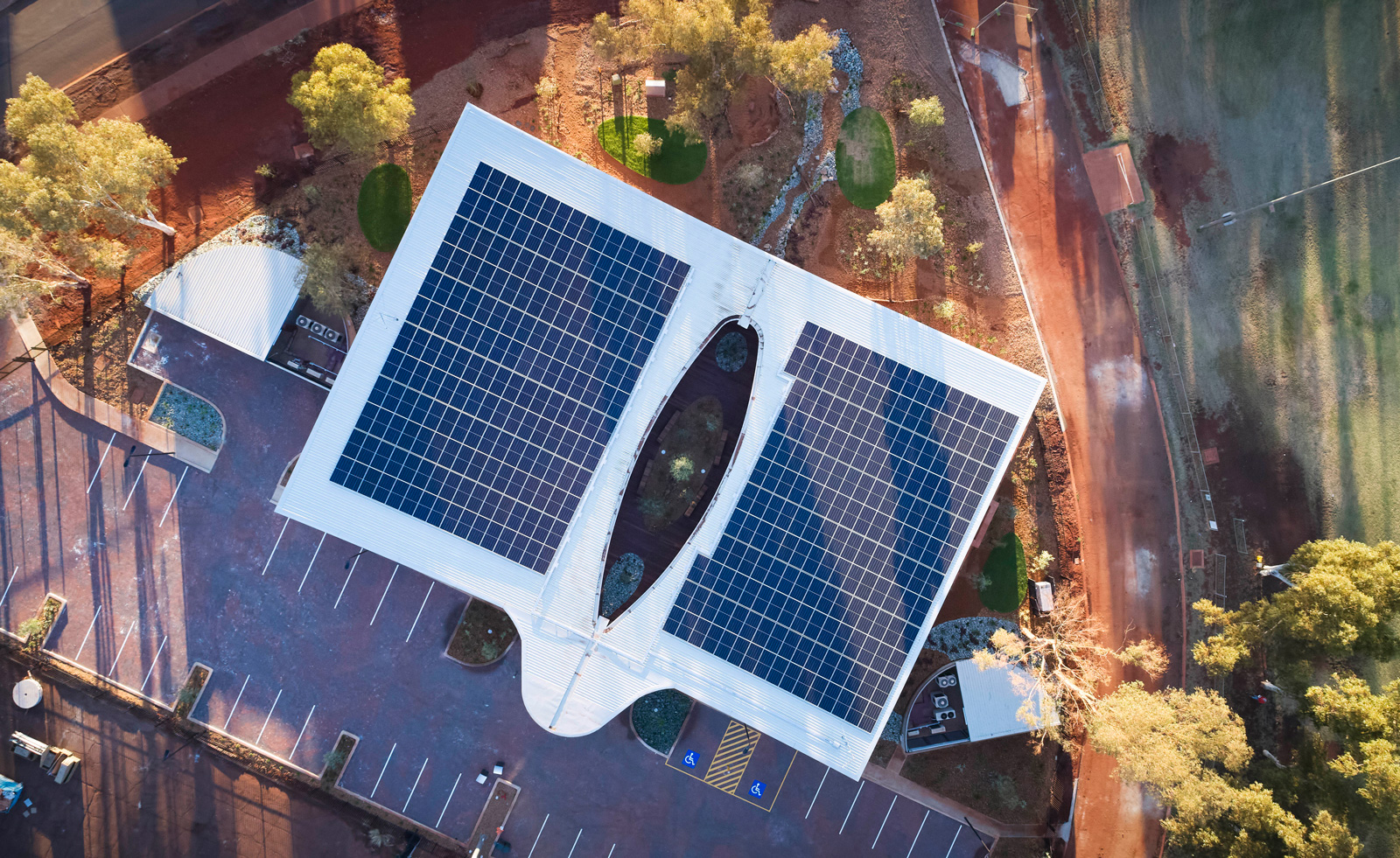
‘This is the first architecture award in Australia focused on social impact,’ notes jury convenor Dr Rory Hyde, associate professor in Architecture at the University of Melbourne. ‘We’ve set it up to recognise and celebrate the outstanding design projects that make a difference to the public, to local communities, and to underrepresented groups. Our hope is to change the way architects, clients, and the public think about design. It shouldn’t just be something that only a few people can afford, but a critical tool in improving people’s lives.'
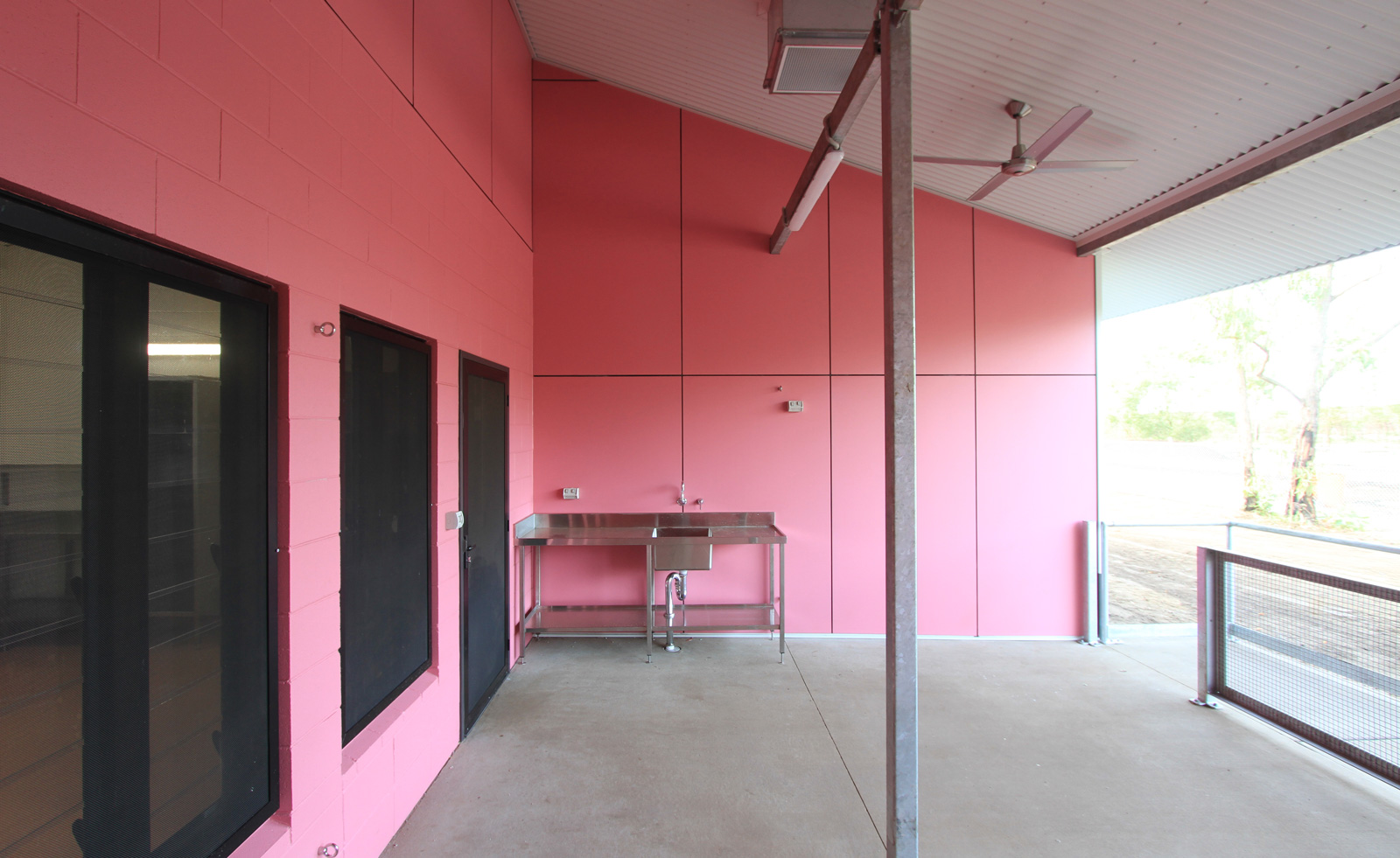
'The awarded projects are all extremely well-designed and create a powerful impact on the ground. It is the link between these two things – design and impact – that we are seeking to celebrate. It’s a design award, so it’s not just about how virtuous the function of the project is, but about how the space is conceived or arranged helps to support this mission. How does the building work to support the client? The inhabitant? The neighbours? The planet? How does the specific spatial organisation and fabrication of the project serve larger public outcomes?’
